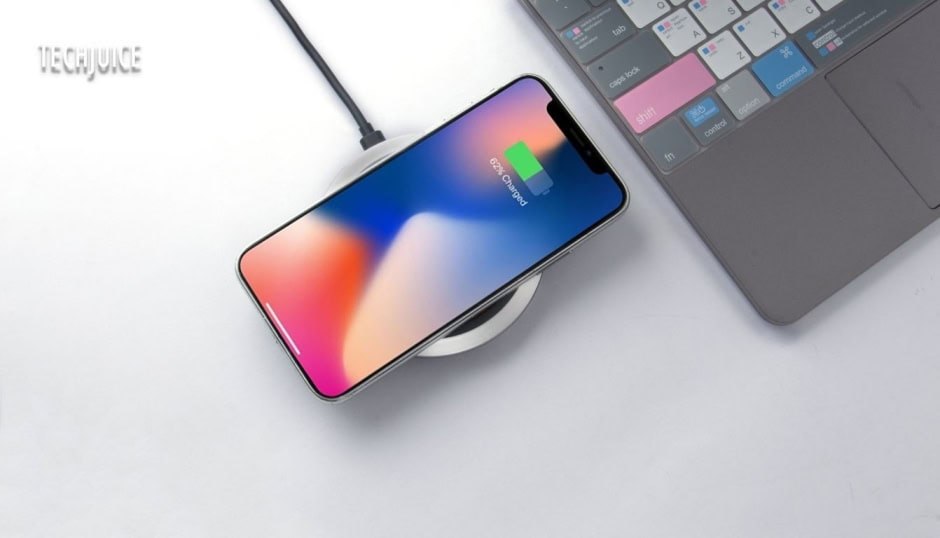Wireless charging has transformed how we power our devices, delivering unparalleled convenience that seems almost magical. However, as with any innovation, concerns about its impact on battery health arise. This blog explains how wireless charging works, clears up common concerns, and offers helpful tips to keep your battery healthy for longer.
How Wireless Charging Works?
Wireless chargers operate using electromagnetic induction. Here’s a simplified breakdown:
- Coil Mechanics: Copper coils are present inside the wireless chargers and devices. The transmitter coil of the charger creates a magnetic field, and the receiver coil in your device transforms this energy into electricity, effectively charging the battery. These coils are designed with a focus on efficiency and effective heat management, minimizing the chances of overheating.
- Alignment Matters: Ensuring the coils are properly aligned is essential for effective energy transfer. When components are not properly aligned, it can result in energy inefficiency, prolonged charging times, and added stress on the battery.
Common Concerns
-
Heat Generation
Wireless charging can produce heat due to electromagnetic radiation. Excess heat can impact your phone’s performance and battery health. To prevent this, ensure that your phone and charger are positioned in a space with good airflow. Steer clear of charging on soft surfaces such as beds, as they can retain heat. Consider chargers with built-in cooling features.
-
Battery Charge Cycles
A charge cycle refers to a complete discharge and recharge of the battery. Regularly completing full charge cycles can diminish battery health as time goes on. Keep your battery charged within the range of 20% to 80%. This ideal balance minimizes excess stress and enhances battery lifespan.
-
Charging Speed
Wireless charging is often slower than its wired counterpart. Although this doesn’t negatively impact the battery, it can be a hassle for individuals with busy schedules. Choose a premium wireless charger that offers rapid charging capabilities. Make sure your device is compatible to enhance efficiency.
Tips to Maximize Battery Life
-
Keep the Charge Within an Optimal Range
Try to keep your battery level between 20% and 80% for optimal performance. Keeping this range steady helps minimize battery wear and tear.
-
Limit Fast Charging
Fast charging produces increased heat, which may hasten the deterioration of the battery as time goes on. Utilize it effectively and focus on standard charging for everyday use.
-
Invest in High-Quality Accessories
While inexpensive chargers and cables may seem like a budget-friendly choice at first, they can lead to significant long-term issues. Select reliable brands and products that are specifically crafted to integrate effortlessly with your device.
-
Reduce Heat Exposure
Keep your charger in a cool, well-ventilated area. Steer clear of engaging in power-hungry activities such as gaming or video streaming when your device is charging.
-
Avoid Overcharging
While many contemporary devices come equipped with features to avoid overcharging, it’s still wise to unplug your phone once it reaches 80-90% if practical.
Wireless charging offers unparalleled convenience for modern tech users. Although it doesn’t directly damage your battery, careless handling or neglect can lead to issues. By grasping the intricacies of wireless charging and adopting smart habits, you can reap the rewards of this technology while ensuring your device remains in top condition. Balance, quality accessories, and mindful practices are the keys to maximizing your battery’s potential in this wireless era.












